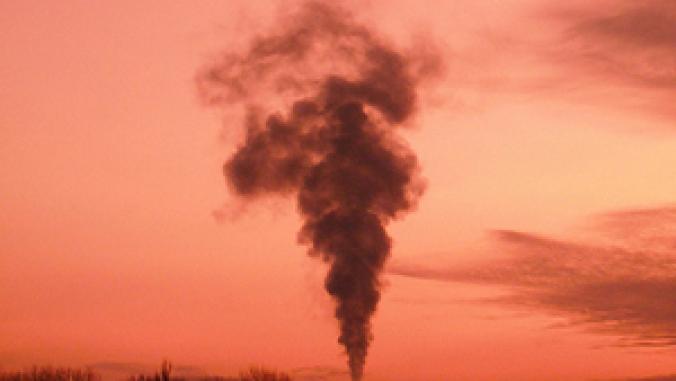Renewables and Efficiency Fuel Timberland’s Climate Strategy
<p>The Timberland Co. published a formal white paper Tuesday laying out the climate change strategy it will use to halve absolute greenhouse gas emissions by 2010.</p>

The Timberland Co. published a formal white paper Tuesday that lays out the climate change strategy it will use to halve greenhouse gas emissions by 2010.
The emissions the company is targeting are produced by employee travel and the offices, distribution centers, retail locations and manufacturing facilities it owns. Timberland plans to offset the remaining emissions its can't reduce directly to make its operations carbon neutral. These direct emissions, however, only represent 4 percent of the total emissions associated with its business.
Since 2006, the company has reduced direct emissions by 27 percent by using less energy, sources more power from renewable sources and engaging its workers. Lighting retrofits, building improvements and energy efficient equipment have cut energy consumption by as much as 30 percent in some of its largest buildings.
The company plans more of the same to get to its 2010 goal, which is based on a 2006 baseline. Timberland wants to have 39 percent of its energy coming from renewable energy by 2010. By 2015, the company wants 60 percent of its energy to be green power.
This goal, however, presents several challenges. By the end of 2008, the company achieved just a 6.67 percent renewable energy rate, far short of its 2008 target of 22 percent renewable energy. Part of the reason the company came up short involves the lack of green power capacity at its facilities in Danville, Ky., and Dominican Republic, both of which comprise about 23 percent of the company's carbon footprint combined.
The company previously built a wind turbine on its site in Dominican Republic but Timberland says it's still not economically feasible to scale up the project. However, things are looking up at its Kentucky facility: The utility supplying power to its Kentucky facility has begin offering green power from a hydro facility. Timberland signed a contract in January in a move the company expects will reduce its emissions by 7 percent.
All of these emissions, however, only represent 4 percent of the emissions associated with its business. The other 96 percent of its footprint come from the raw materials used in its products, inbound transportation and finished product footwear factories.
The raw materials alone used in its products produces nearly 18 times the emissions generated by its direct operations. Since 71 percent of the emissions from its shoes come from raw materials, the company created a product environmental rating system to help designers make more environmentally friendly decisions at the early design stage. Called the Green Index, it measures emissions generated by raw material extraction through finished product.
The company also started a Leather Working Group to rate leather tanners for environmental performance. By the end of 2009, Timberland will source all leather from top-rated tanneries. It also began using repurposed rubber in the soles of some of its boots, as well as reduced packaging.
The company plans to have its greenhouse gas inventory verified by a third-party vendor.
Timberland was also a founding member of Business for Innovative Climate and Energy Policy (BICEP), a business coalition advocating strong climate change legislation.




